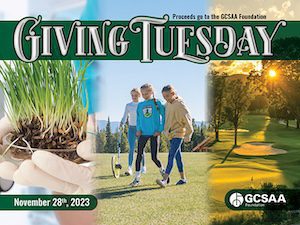Evaluating Alternative Turf Management Practices
Since July of 2010 pesticide usage has been banned on athletic fields and school grounds, pre-K through 8th grade, and it presents a tremendous challenge for turf managers across the state because the inability or limited ability to control weeds and insects. My particular project focuses on comparing eight different turf management systems to look at the advantages and disadvantages of these systems so we can identify weaknesses and come up with alternative management methods that will assist our turf professionals in the industry to manage fields the best possible way by investigating conditions.
If you are out there today we have a number of different tents if you will, 8 ft. by 8 ft. tents and we are literally collecting adult Japanese beetle and trying to get uniform grub pressure across the plot so we can determine the efficacy of some of these alternative methods for managing white grubs. So we are excited about that. It’s our first time doing it and we are excited to see if we are able to get that pressure and then also to determine the level of efficacy of these different methods.
Previous research has shown that they can be effective. The research results have been mixed. The biggest challenge is the cost of the nematodes. The low rate can be $350 per acre and double that, obviously, for the high rate. So it can be very challenging from a budgetary standpoint for many of the municipalities. Grass can be very frustrating for managers simply because they weren’t trained to manage grass this way. We weren’t trained to manage grass this way, but from a research perspective it’s actually very exciting because we are able to try some things outside the box and think about what we can do, not only culturally but also biologically in terms of using some these pathogenic nematodes. And some of the things we haven’t even thought of yet in terms of what we can do to manage grass this way. So for me, from a research standpoint it’s exciting.


